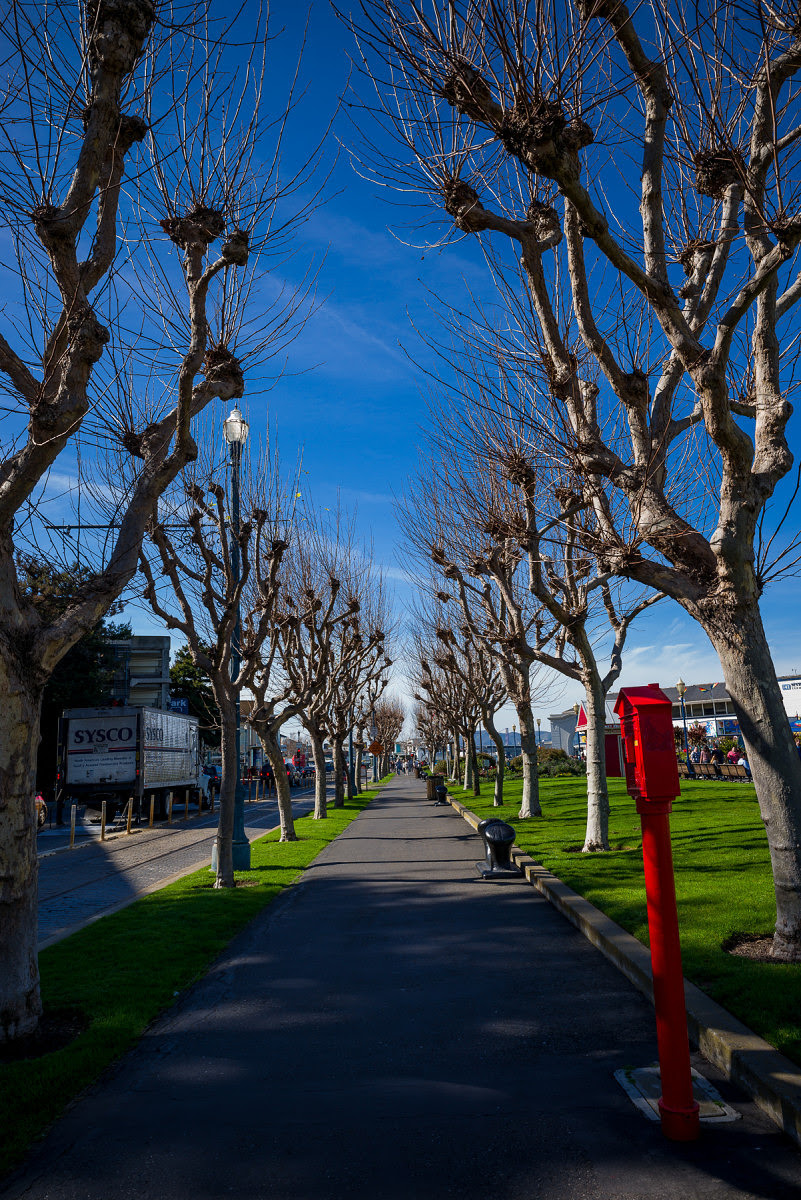By Heinz Richter
To this day there are individuals that prefer CCD sensors, like the one in the Leica M9, thinking they are superior to the now widely used CMOS sensors like in the successor of the M9, the Leica M240 or even the Leica M10 and M11. Whenever a discussion comes up, evaluating the Leica M9 compared to those models, there will inevitably be comments that claim that the image quality of those two cameras is inferior to the M9, that the CCD sensor in the M9 is superior to CMOS sensors. Some even go so far as to ask for the return to CCD sensor in future Leicas.
I personally have never subscribed to that way of thinking at all, as a matter of fact, I have always thought that fundamentally there is no great difference in the way the two different sensors perform.
I have never had a chance to make any direct comparisons myself, but I am happy to report that this task has been very eloquently performed by David Farkas of the Leica Store Miami. He took this very subject to task in a three part series in the Red Dot Forum (www.reddotforum.com), titled
“The Great Debate: CCD vs. CMOS”
In the first part, David showed a relatively large number of photos taken of the same subject with both cameras. He then posted the pictures with no identification, but asked the readers to try to identify which picture had been taken with which camera. The results were inconclusive with an almost even split of wrong and right answers.
image 1 image 2
Which image is from the M9
In the second part, David again showed photographs, also without identification. But this time only one example was shown in each instance, and the readers were asked to identify if the picture was taken with an M9 or Leica M 240 camera. Again, the answers showed no identifiable ability to tell the two cameras apart.
Finally, in the third and last part, David evaluated the results he obtained. In his final thoughts he writes:
“For me, and I imagine for many others who couldn’t tell a definitive difference between either the head-to-head match-ups in Part 1 or the individual shots in Part 2, the results of the experiment are fairly clear. To restate: the hypothesis being tested was to see if the CCD look is real, unmistakable and couldn’t be emulated in post processing. To this end, I think I have at least demonstrated that with just a small amount of global adjustments in Lightroom, M240 files could make for some convincing M9 shots. And while I will give credit to the M9 for the great images it is capable of capturing, the M240 is still a better overall system. I would advise against forsaking the usability and image quality benefits of the newer generation CMOS-based camera based on the conviction that the CCD-based M9 offers superior color rendering. As I already mentioned above, the M9 can turn out gorgeous images. This was never up for debate. In fact, for those that absolutely, positively, just adore the look of CCD, and hold the results of this test as even greater evidence of its superiority, then there is good news. Used M9s can be had for around $3,000 and Leica still offers a CCD-based camera brand new, the Leica M-E for $4,995.
But, I do believe that much of the public perceived shortcomings of the M240 look come from its inherent higher dynamic range, the resulting flatter default files, and some users not taking full advantage of both the malleability of the M240 DNG files and the flexibility afforded them in Lightroom. We live in a wonderful time for photography. Our tools in the field and in the digital darkroom are better and more elastic than they’ve ever been. As photographers, our vision is only limited by our own creativity. Perhaps it’s time to put the CCD vs. CMOS debate to rest and just go out and shoot.”
Leica M9 or M 240?
It is nice to see someone verifying what I have thought all along. In the final analysis, the Leica M 240 and its successors, the Leica M10 and M11 are the better cameras. Not only do they render at least equal results in terms of color accuracy, with their higher resolution, the final image quality is superior, as well as offering a noticeably wider tonal range, wider dynamic range end extended high ISO performance. The Leica M 240, M10 and M11 are also more capable cameras in other respects, like featuring live view and the electronic Visoflex as an accessory, making close-up photography and photography with long lenses possible. Also, with the Leica R adapter, the M240 and the M10 are perfectly capable to utilize the Leica R lenses just, as with other adapters, it can be equipped with lenses from a large number of other manufacturers. While not for everyone, the motion picture capabilities of gthe Leica M 240 need to be mentioned as well. In addition, there are several other features not found in the Leica M9.
This doesn’t mean that the M9 suddenly is a bad camera. To the contrary, as David Farkas mentions on several occasions, the M9 is a very capable piece of equipment. The M240, M10and M11 are simply more capable, part of which is the result of Leica having switched to the CMOS sensor.
For other articles on this blog please click on Blog Archive in the column to the right
To comment or to read comments please scroll past the ads below.
All ads present items of interest to Leica owners.
_______________________________________________________________________
EDDYCAM - the first and only ergonomic elk-skin camera strap
Please make payment via PayPal to GMP Photography
Click on image to enlarge
Please make payment via PayPal to GMP Photography
Click on image to enlarge
Please make payment via PayPal to GMP Photography


















